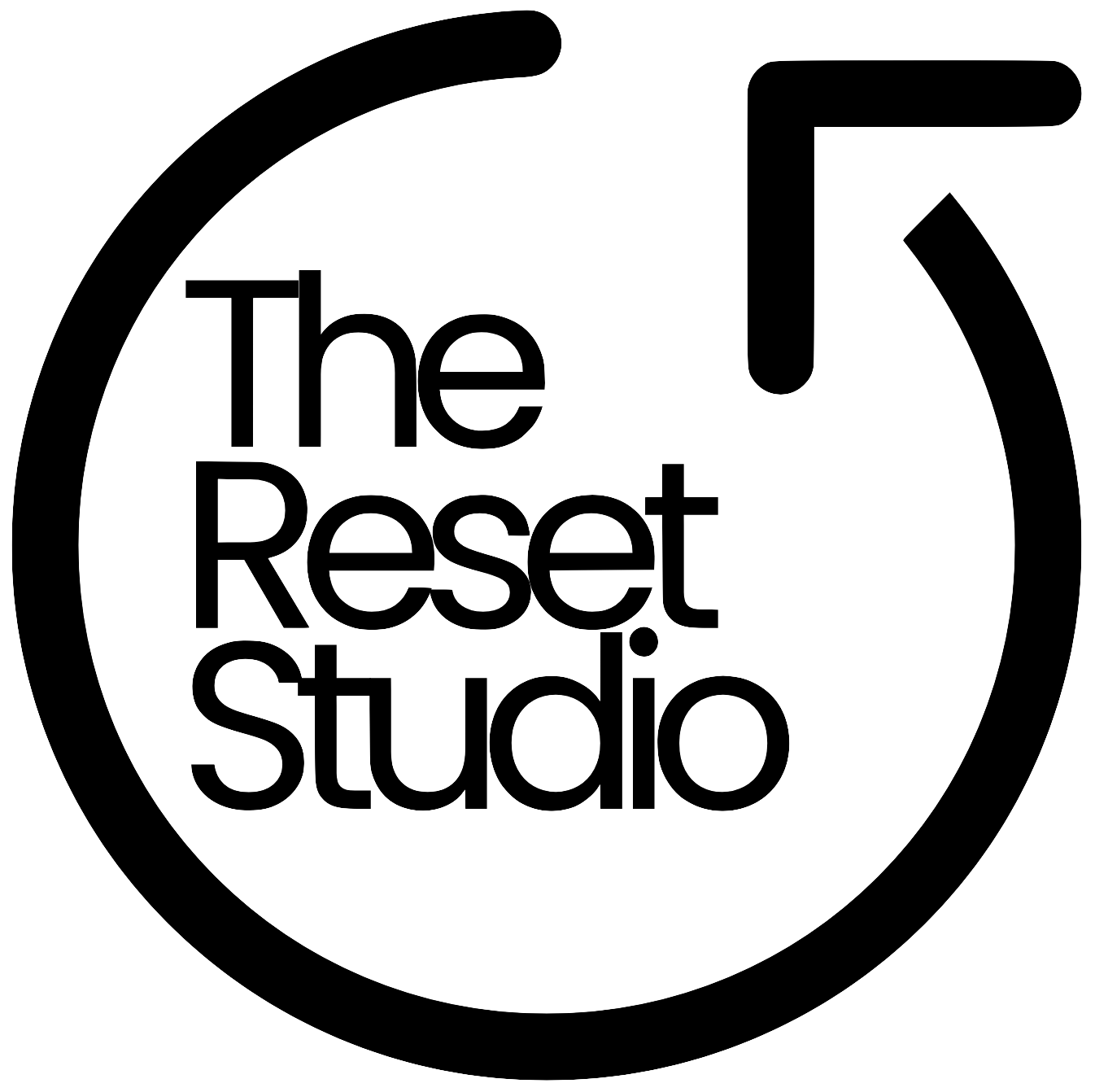My Approach
Resetting Patterns
Every movement we make is part of a larger pattern. When one area is restricted, another compensates—often leading to discomfort, imbalance, or injury. My approach focuses on identifying and resetting these movement patterns to restore balance across the kinetic chain.
Pain isn’t just about the muscle that hurts—it’s often the result of compensation elsewhere, influenced by how we move and how we rest. A hamstring strain, for example, might not be due to a weak hamstring at all, but an overactive quadricep pulling the pelvis forward, leaving the hamstring overstretched and vulnerable. Similarly, lower back pain might not originate from the back itself, but from locked-up hips or a lack of stability in the deep core muscles.
By assessing movement and using hands-on therapy, I work to release restrictions where they exist and mobilise underused stabilisers, helping to identify areas that need strengthening as part of ongoing recovery.
This process is guided by key movement principles, including:
Neuromuscular Patterning & Compensation – How the body shifts workload between muscles to keep moving, often leading to imbalance and overuse injuries.
The Kinetic Chain – How dysfunction in one joint affects movement throughout the body, creating ripple effects that lead to pain elsewhere.
Antagonistic Muscle Relationships – How muscles work in opposing pairs (like quads and hamstrings, or pecs and upper back), and why an imbalance in strength or tension between them can cause dysfunction.
Joint-by-Joint Stability & Mobility – The principle that alternating joints need different qualities—some demand mobility (hips, thoracic spine), while others need stability (knees, lower back). When this balance is disrupted, compensation occurs.
The right muscles, doing the right jobs.
Pain doesn’t appear out of nowhere—it’s the result of how we move (or don’t move) every day. Be it a stiff lower back, tight shoulders or any recurring discomfort, it isn’t just about that one spot—it’s often a chain reaction caused by habits, posture and compensations elsewhere in the body.
I want to help you move with ease, reduce persistent pain and prevent issues from returning. Whether it’s from sports, work, or daily life, resetting these patterns leads to lasting change.



